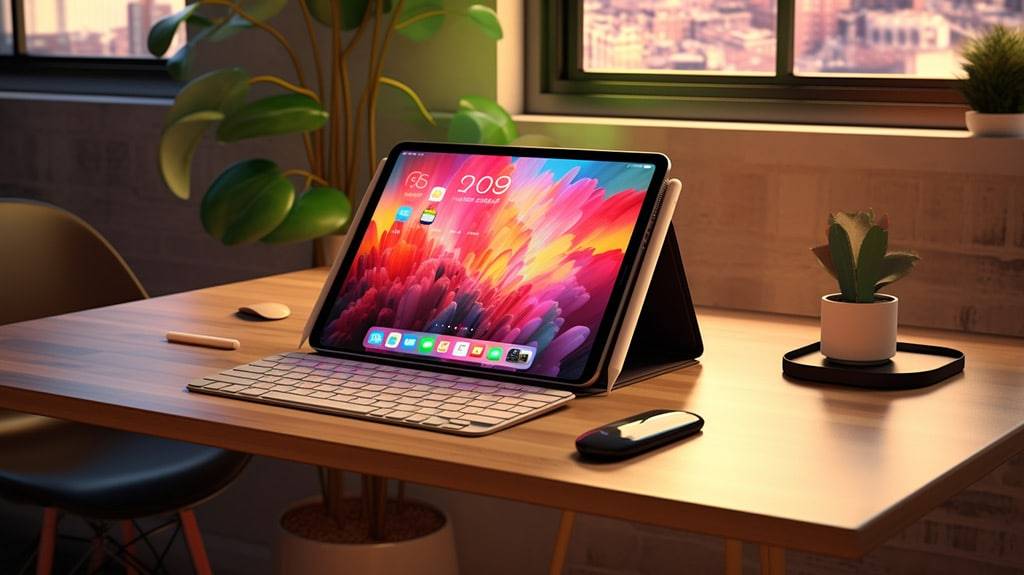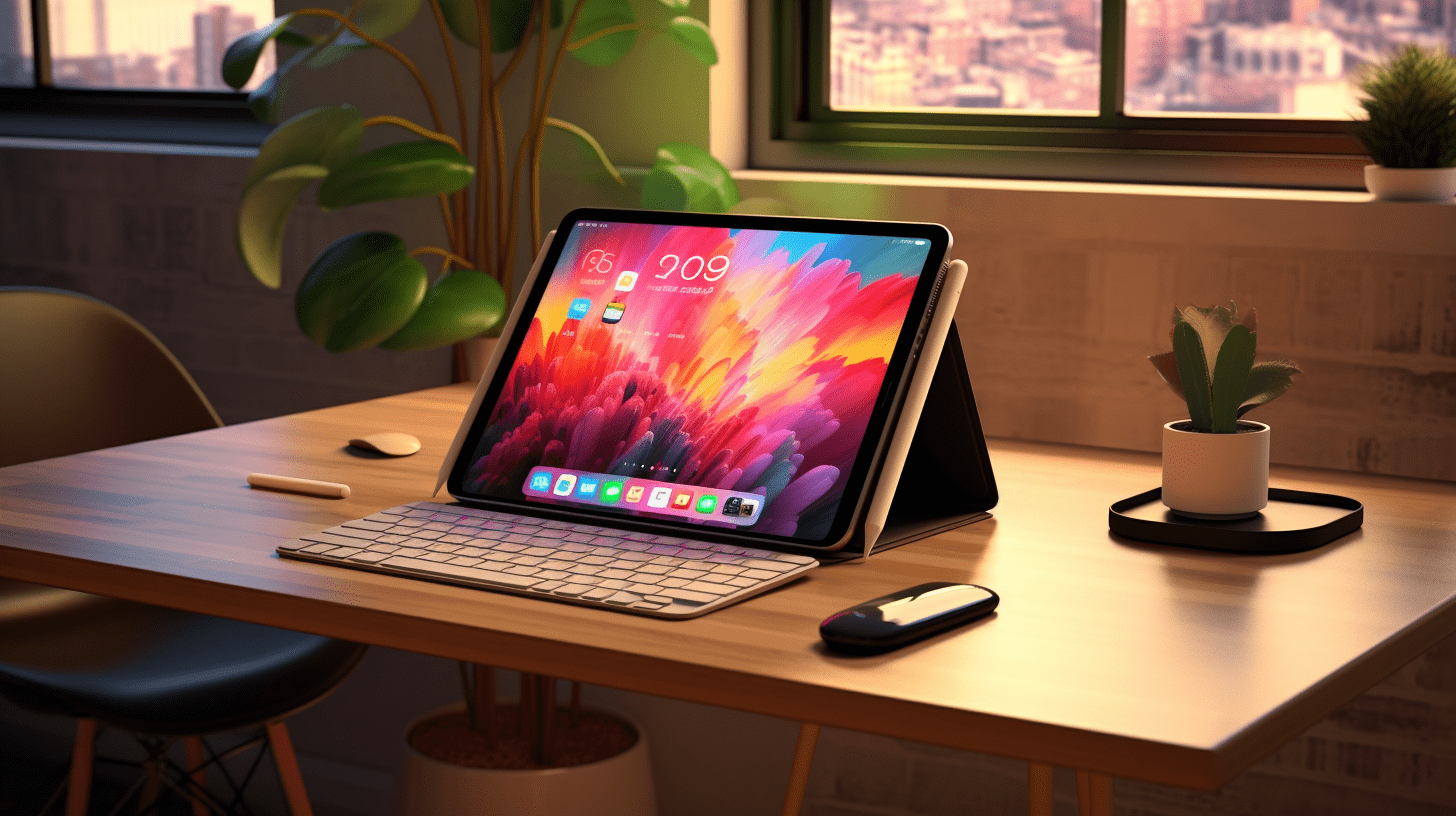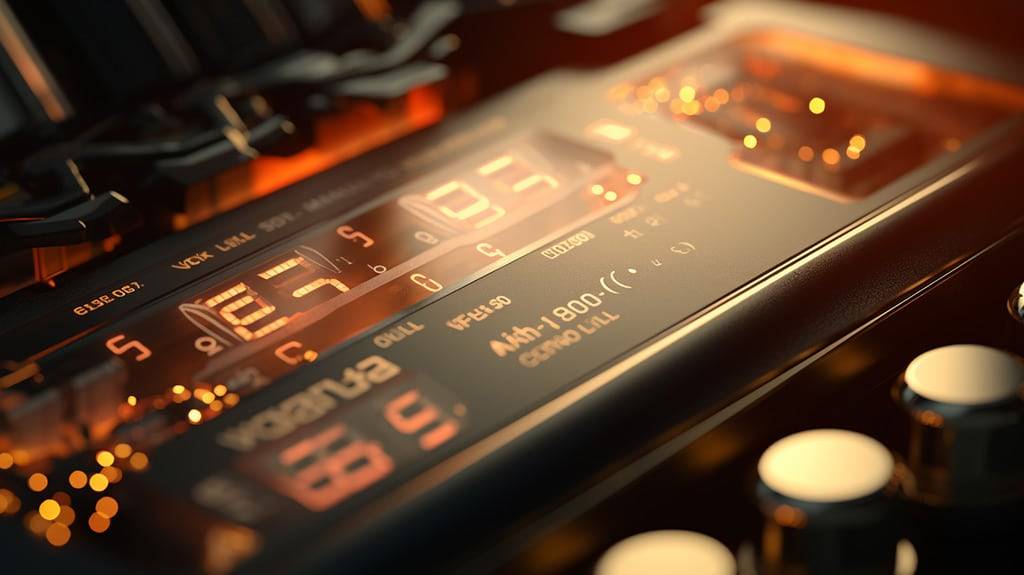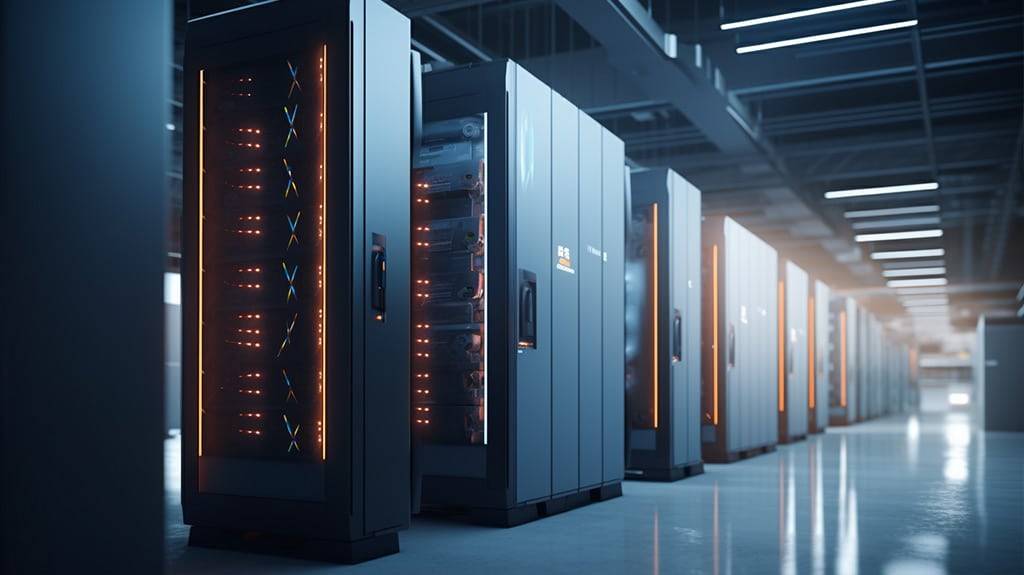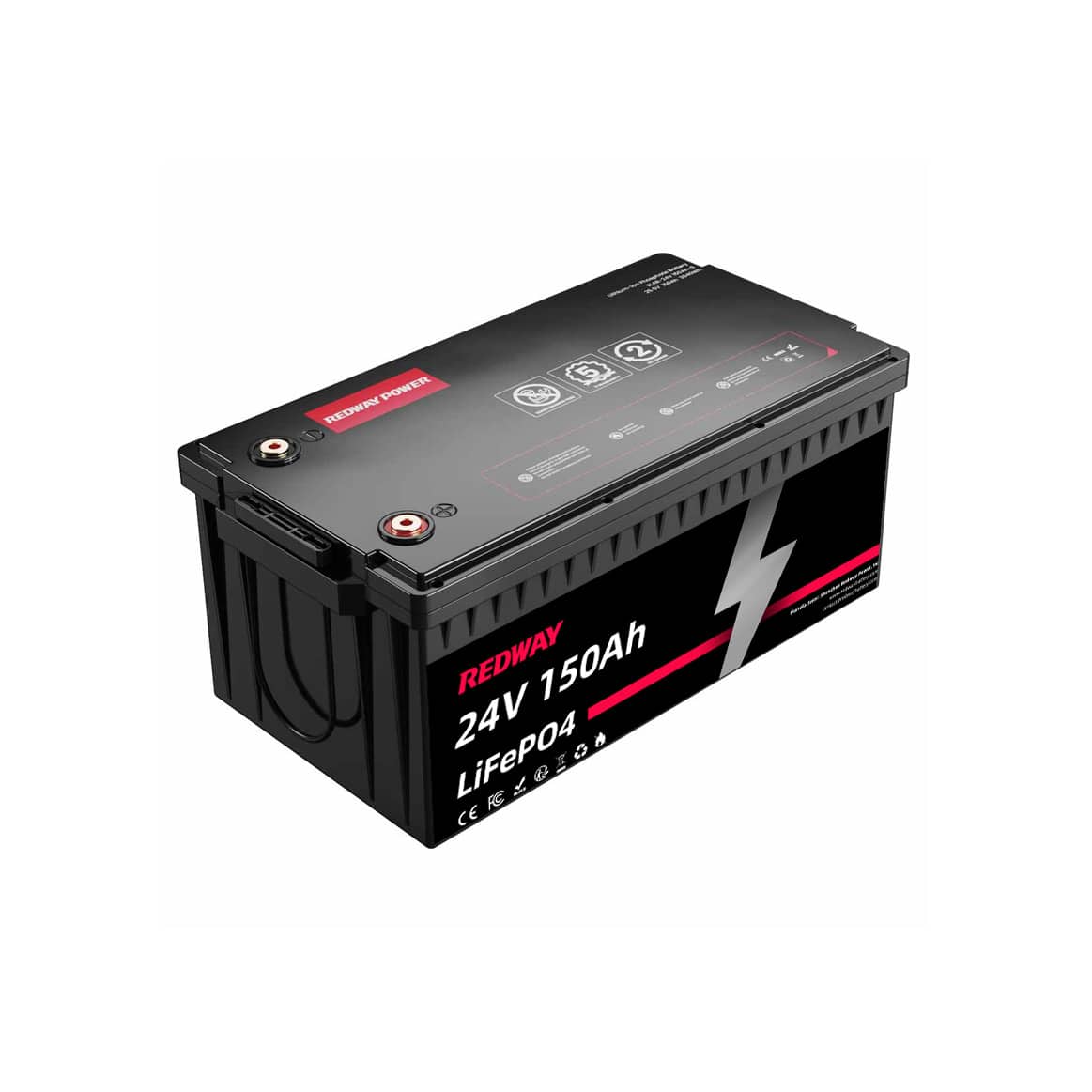Analyzing the Economic Initiatives and Job Growth Strategies of Governor Ron DeSantis in Florida
Florida Gov. Ron DeSantis has caused a stir with his bold economic initiatives and job growth strategy. From addressing controversial issues to implementing new policies, DeSantis has drawn praise and criticism for his approach. In this blog post, we’ll delve into the impact of his economic agenda, analyzing statistics and indicators that reflect the economic landscape of Florida under his leadership. We also explore the criticisms and controversies surrounding DeSantis’ methods and speculate on the future implications and potential challenges he may face. Join us as we take a closer look at Florida Governor Ron DeSantis’ economic initiatives!

#post_seo_title
Overview of Governor Ron DeSantis’ Economic Initiatives
Governor Ron DeSantis has been at the forefront of driving economic growth in Florida through a number of initiatives. From cutting taxes to attracting businesses, he has taken a proactive approach to stimulating the state’s economy. One notable move has been his commitment to reducing government regulation, making it easier for businesses to thrive and create jobs.
DeSantis is also prioritizing workforce development by investing in education and job training programs. By equipping individuals with the skills needed in high-demand industries, he aims to close the gap between available jobs and qualified workers. Not only have these efforts boosted employment, but they have also attracted companies looking for skilled labor. Governor Ron DeSantis’ economic initiatives demonstrate his commitment to creating an environment conducive to business growth and job creation in Florida.
DeSantis calls Jan. 6 ‘unfortunate,’ but not insurrection (ABC News)
On the topic on Jan. 6, Gov. Ron DeSantis called it “unfortunate,” but not insurgent. This statement from DeSantis reflects his view of the events at the Capitol. However, this view has sparked debate and controversy among critics who argue that downplaying an event of such importance undermines its gravity and impact on democracy.
While some may agree with Gov. DeSantis’ characterization of Jan. 6 as an unfortunate event rather than an insurrection, others see it as concerning. Different interpretations of this pivotal moment in American history highlight deep divisions in our social and political landscape. As the discussion around the impact of the events of January 6 continues, it remains to be seen how these contrasting perspectives will shape public perception and influence future political decision-making.
Examining the Impact of DeSantis Policies on Job Growth
Examine the impact of DeSantis policies on job growth:
Governor Ron DeSantis has implemented a number of economic initiatives in Florida, with a particular focus on job growth. By creating an environment that fosters business growth and supports entrepreneurship, his policies have had a positive impact on job opportunities in the state.
Under DeSantis’ leadership, industries as diverse as technology, healthcare and travel have experienced significant growth. He is committed to cutting unnecessary regulations and cutting taxes to encourage companies to invest and expand their operations in Florida. As a result, more jobs are created in different sectors, providing individuals with more opportunities for employment and economic stability.
The Governor’s efforts are also focused on workforce development programs to equip Floridians with the skills needed for high-demand jobs. Working with educational institutions and trade organizations, he aims to bridge the gap between industry needs and available talent. These moves not only benefit job seekers, but also help strengthen the economy as a whole.
While some critics have argued that some aspects of DeSantis’ approach may be problematic or favor specific industries over others, it’s clear that his policies have contributed positively to job growth in Florida. The long-term impact of these initiatives remains to be seen; however, current indicators suggest they are working by creating new jobs and driving economic prosperity across the region.
CNN Values Your Feedback (‘Very Troubling Sign’: Enten Stats May Frustrate DeSantis Campaign)
A recent CNN article titled “Very Troubling Signs: Enten’s One Statistic May Frustrate DeSantis’ Campaign” revealed that Gov. An aspect of DeSantis’ economic initiatives that has raised concerns among critics. According to the article, there is one statistic that could negatively affect his political future. Although the article does not explicitly mention the statistic details and implications, but it highlights some of the challenges DeSantis may face as he continues to implement his job growth strategy.
Critics argue that this particular statistic poses a significant threat to DeSantis’s campaign and raises questions about the validity of his economic approach. However, without additional information or context provided in the article, it is difficult to fully assess its potential consequences. Still, the reference to potential problems adds another layer to the ongoing analysis of Gov. Ron DeSantis’ economic agenda and its impact on Florida job growth.
As always, it is important to consider multiple perspectives when evaluating any politician’s initiatives and their effects. It remains critical to closely monitor how these statistics change over time and analyze them within Florida’s broader economic landscape. Only then will we gain a fuller picture of the successes and challenges that Governor Ron DeSantis faces as he strives to foster job growth in our state.
Assessing the success of DeSantis’ economic agenda
Assessing the success of Governor Ron DeSantis’ economic agenda is a complex task that requires careful consideration of various factors. Since taking office, DeSantis has implemented a number of policies aimed at promoting job growth and economic development in Florida. The moves have drawn praise and criticism from all sides.
A key aspect of assessing the success of DeSantis’ economic agenda is analyzing Florida’s economic statistics and indicators. On the one hand, supporters argue that Florida has experienced significant job growth and a thriving business environment under his leadership. They point to low unemployment, faster GDP growth and a surge in new business openings across the state as evidence that his approach has been successful.
Critics, however, have raised concerns about income inequality, claiming that while some industries may have thrived under DeSantis’ policies, others have been left behind. Additionally, they believe that focusing on certain industries, such as tourism and hospitality, could make Florida vulnerable to future recessions or changes in market demand.
The long-term impact of DeSantis’ economic initiatives also remains uncertain. While short-term success can be celebrated, its sustainability over time must be considered. Some worry that a heavy reliance on tourism could make Florida’s economy more vulnerable to external shocks such as natural disasters or changes in global travel patterns.
In conclusion (sorry! I couldn’t resist), assessing the overall impact of Governor Ron DeSantis’ economic initiatives requires an ongoing assessment of factors such as job growth trends, income distribution patterns, industry diversification efforts, and resilience to external challenges. remains important for policymakers and experts to continue to monitor these developments closely as they shape the future direction of Florida’s economy.
Analysis of Florida Economic Statistics and Indicators
Florida’s economy has grown significantly under the leadership of Governor Ron DeSantis. Unemployment in the state has fallen to historic lows, reaching pre-pandemic levels. Additionally, Florida consistently ranks high for job creation and business-friendly policies.
Florida’s tourism industry is also booming, with record numbers of tourists flocking to the state each year. The influx of tourists boosts the local economy and creates jobs in everything from hospitality to entertainment and transportation. Additionally, DeSantis’ focus on attracting high-paying industries such as technology and health care has brought more investment and jobs to Florida. The positive indicators suggest that DeSantis’ economic initiatives have had a significant impact on job growth in the state.
Criticism and Controversy Surrounding DeSantis’ Economic Approach
Criticism and controversy surrounding DeSantis’ economic approach has garnered widespread attention in recent months. Critics argue that his policies have exacerbated income inequality by prioritizing big business over the day-to-day needs of Floridians. They point to corporate tax breaks and reduced government regulation as evidence of this bias.
Additionally, opponents have highlighted concerns about the environmental impact of DeSantis’ economic agenda. Some believe his focus on deregulation could lead to increased pollution and damage to Florida’s fragile ecosystem. There have also been questions about the long-term sustainability of industries that rely heavily on tourism and real estate development, pointing to a lack of diversification in the state’s economy. The criticisms raise important questions about the potential consequences of DeSantis’ economic strategy and call for closer scrutiny of its impact on current and future generations of Floridians.
Discuss critics’ objections and concerns
Critics of Florida Gov. Ron DeSantis’ economic approach expressed opposing views and expressed concern about the long-term impact. Some argue that his policies heavily favored corporations and the wealthy, leading to further increases in income inequality. They argued that the emphasis on corporate tax cuts would not necessarily translate into job growth for all Floridians.
Critics have also raised concerns about the potential environmental impact of some of DeSantis’ moves, such as his support for offshore drilling. They worry about potential risks to Florida’s fragile ecosystem and its tourism-dependent economy. Others have questioned the sustainability of industries that rely heavily on things like tourism and hospitality, which are vulnerable to recession and could leave many workers vulnerable in times of crisis.
These critics urge a more balanced approach that considers social equity, environmental protection and diversification of industries outside traditional sectors. By addressing these issues head-on, Governor DeSantis may strengthen his economic agenda and ensure more inclusive prosperity for all Floridians.
Future Impact and Potential Challenges of DeSantis Economic Initiatives
Future Impact and Potential Challenges of DeSantis Economic Plan
Looking ahead, there are both potential benefits and looming challenges from the economic initiatives implemented by Governor Ron DeSantis. On the one hand, his focus on job growth and attracting businesses to Florida has shown promising results so far. The state’s economy has been booming, with job opportunities surging and incomes rising.
However, there are also potential challenges that need to be considered. As with any economic strategy, sustainability is critical. It remains to be seen whether these initiatives can withstand future market changes or unexpected disruptions such as natural disasters or global crises. In addition, some critics argue that certain policies may disproportionately benefit large businesses while ignoring small businesses and the working class.
As we move forward, it will be critical to keep a close eye on how DeSantis’ economic agenda evolves over time. Adapting to changing circumstances and ensuring inclusivity should be key priorities for long-term success. Only then can we truly measure the lasting impact of his efforts on job growth and economic prosperity in Florida.
Speculation about the sustainability and long-term impact of its policies
Speculation is rife about the sustainability and long-term impact of Florida Governor Ron DeSantis’ economic policies. While some praised his pro-business approach, others expressed concern about the potential fallout. Can these initiatives actually lead to sustained job growth and economic stability? Only time will tell.
Critics argue that DeSantis’ focus on short-term gains could lead to long-term consequences. They worry that his emphasis on deregulation and tax cuts could create an economic imbalance that benefits businesses at the expense of workers and the environment. Proponents, on the other hand, claim that such measures are necessary to attract businesses and spur investment that will ultimately bring more jobs and prosperity to Florida.
The debate surrounding DeSantis’ policies highlights the uncertainty inherent in any economic strategy. While initial results may look promising, it remains critical to monitor their long-term impact on job creation, income inequality, environmental sustainability, and overall economic well-being. As we continue to witness the impact of these initiatives over time, assessing their true sustainability becomes critical to Florida’s prosperous future.
Conclusion: Assessing the Overall Impact of DeSantis’ Economic Initiatives
There are multiple factors to consider when assessing the overall impact of Florida Gov. Ron DeSantis’ economic initiatives. From his controversial stance on the events of January 6 to the critiques and concerns raised by his critics, it’s clear that this is a topic of intense debate. Additionally, analyzing Florida’s economic statistics and indicators can provide valuable insight into how successful DeSantis’ agenda has been to date.
On the one hand, supporters argue that DeSantis implemented policies that boosted job growth and economic prosperity in the state. They point to CNN’s analysis highlighting positive trends and claim the accomplishments are evidence of his effective leadership. However, critics have raised legitimate concerns about some aspects of his approach and highlighted potential challenges going forward.
Determining the true impact of DeSantis’ economic initiatives will require a careful examination of all available data and perspectives. It is necessary to weigh both sides before drawing any definitive conclusions or making a full judgment on their success or failure. The long-term impact may not have been fully realized, leaving room for ongoing evaluation as Florida continues to move forward on economic issues under the leadership of Governor Ron DeSantis.
Final thoughts on the effectiveness and significance of his job growth strategy
Final Thoughts on the Effectiveness and Significance of Governor Ron DeSantis’ Job Growth Strategy
As we delve into the economic initiatives and job growth strategies put in place by Florida Governor Ron DeSantis, it’s clear that his approach has drawn both praise and criticism. The impact of his policies on job growth is undeniable, with impressive job numbers and a thriving business environment.
However, it must be recognized that no policy or strategy is without flaws. Critics have raised concerns about potential long-term effects, such as the sustainability of certain industries and the need for diversification. For Governor DeSantis, addressing these issues is critical.
The effectiveness of any economic agenda can only be truly assessed over time. While Florida’s current economic success under DeSantis is laudable, the future sustainability of that growth remains to be seen. External factors such as global economic trends, natural disasters or unforeseen crises may pose challenges that test the resilience of its policies.
In addition, the political landscape can change rapidly, and public sentiment can change just as quickly. It will be interesting to watch how Floridians continue to view and respond to Governor DeSantis’ economic initiatives in the upcoming election.
In conclusion (oops! Sorry for using those words!), assessing the overall impact of Governor Ron DeSantis’ job growth strategy requires a nuanced perspective. Despite the undeniable success of Florida’s economy in terms of job creation and business development so far under his tenure, questions of long-term sustainability remain.
Only time will tell if these initiatives are able to respond to the changing environment, or if adjustments will be required along the way. As with the actions of any public figure, perceptions of his effectiveness will always vary based on personal views and political affiliations.
It is important for all of us to continue to monitor developments while having thoughtful discussions about our state’s economic future under the leadership of Governor Ron DeSantis.


